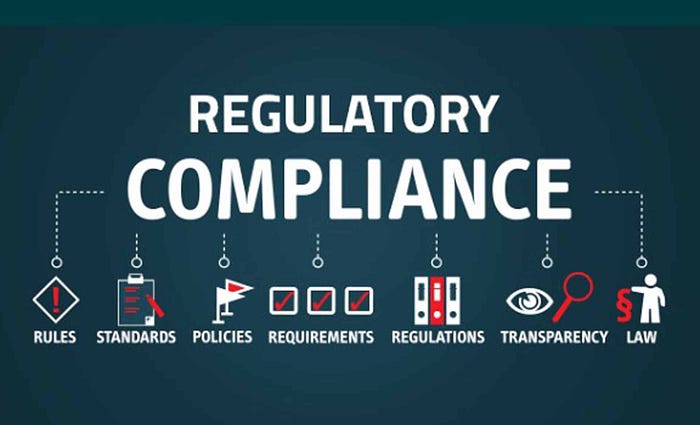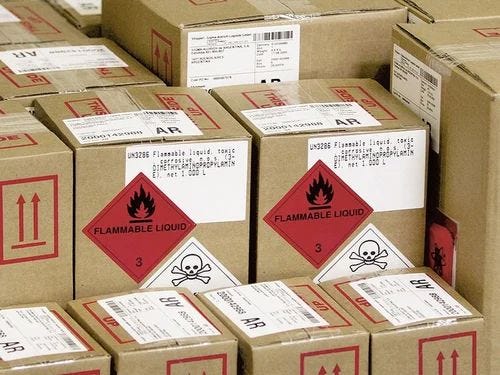Why Choose Air Freight Shipping from China to Canada?
In today’s fast-paced global marketplace, businesses require efficient and reliable methods to transport goods internationally. When it comes to shipping from China to Canada, air freight emerges as a compelling option for a multitude of reasons. We delve into the key advantages of air freight shipping, making it a superior choice for your import needs:
- Speed: Air freight boasts unparalleled speed compared to alternative methods like ocean freight. Shipments typically reach their Canadian destinations within 3–7 business days, ensuring a swift and timely delivery of your products. This rapid transit time is particularly advantageous for perishable goods, time-sensitive materials, or situations requiring quick restocking of inventory.
- Enhanced Security: Air cargo undergoes stringent security protocols throughout the transportation process. From origin airports in China to Canadian customs clearance, your goods are subject to rigorous inspections and handling procedures, minimizing the risk of theft or loss. This heightened security translates to peace of mind for businesses entrusting valuable cargo for international transport.
- Reduced Risk of Damage: Air freight offers a more controlled environment compared to ocean shipping. Goods are typically transported in pressurized cabins, mitigating exposure to extreme weather conditions or fluctuations in temperature that can damage delicate or temperature-sensitive products. This controlled environment safeguards your cargo and minimizes the potential for product spoilage or deterioration during transit.
- Improved Inventory Management: The swiftness of air freight allows for tighter control over inventory levels. Businesses can implement just-in-time inventory practices, reducing the need for extensive warehousing and storage costs in Canada. This translates to lower overhead expenses and improved cash flow management.
- Greater Sales Potential: Faster delivery times offered by air freight empower businesses to capitalize on market opportunities and meet customer demands promptly. Reduced lead times can expedite product launches and ensure your goods are readily available to Canadian consumers, potentially boosting sales and market competitiveness.
Air Freight Shipping Process

Understanding the air freight shipping process from China to Canada equips businesses to navigate the logistics effectively. Here’s a breakdown of the key steps involved:
- Quotation and Booking: The initial step involves contacting a reputable air freight forwarder. Forwarders provide quotes based on your specific cargo details, including weight, dimensions, and desired transit times. Once you finalize the agreement, the forwarder books space on the appropriate flight to transport your goods.
- Collection and Preparation: The forwarder arranges for the pick-up of your goods from the origin address in China. This may involve palletizing or containerizing your cargo to ensure secure and efficient handling during transport.
- Export Customs Clearance: The forwarder facilitates the completion of export customs documentation in China. This ensures compliance with Chinese regulations and expedites the smooth exit of your goods from the country.
- Air Transportation: Your cargo is securely loaded onto the designated aircraft at the Chinese origin airport. Throughout the flight, your goods are monitored and protected within the pressurized cabin environment.
- Import Customs Clearance: Upon arrival at the Canadian destination airport, the forwarder manages the import customs clearance process. This involves presenting necessary documentation, including commercial invoices, packing lists, and certificates of origin, to Canadian customs authorities for inspection and duty/tax assessment.
- Delivery: Once customs clearance is complete, the forwarder arranges for the final delivery of your goods to the designated address within Canada. This ensures your shipment reaches its final destination efficiently.
Regulations and Requirements for Air Freight Shipping

Air freight transportation is subject to specific regulations established by international aviation authorities and individual countries. To ensure a smooth and compliant shipping experience, here are some key regulations and requirements to consider:
- Dangerous Goods: Specific regulations govern the transportation of hazardous materials by air. Businesses must identify and classify any dangerous goods within their shipment and ensure proper packaging, labeling, and documentation adhering to International Air Transport Association (IATA) Dangerous Goods Regulations.
- Packing and Labeling: Air freight shipments require robust packaging that can withstand the rigors of air travel. Containers or pallets must be appropriately labeled with clear markings that include the consignee and consignor details, shipment weight, and any special handling instructions.
- Commercial Invoices and Documentation: Accurate and complete commercial invoices are essential for customs clearance in both China and Canada. These invoices should detail the product description, quantity, value, and harmonized system (HS) code for each item within the shipment. Additional documentation, such as certificates of origin or packing lists, may be required depending on the nature of the goods.
Calculating Air Freight Shipping Costs

Air freight shipping costs are typically determined by a combination of factors. Here’s a breakdown of the key elements that influence the overall cost of your shipment:
- Weight and Dimensions: Air freight charges are often based on a combination of the weight and dimensional weight of your cargo. The higher of the two values is typically used to calculate the chargeable weight, which directly impacts the transportation cost\
- Origin and Destination Airports: The specific airports in China and Canada you choose for departure and arrival can influence costs. Major international airports generally handle higher volumes of cargo and may offer more competitive rates compared to smaller regional airports.
- Fuel Surcharges: Air freight quotes may include fuel surcharges to account for fluctuations in global fuel prices. These surcharges can fluctuate depending on the time of year and current market conditions.
- Security Fees: Additional security fees may be applied to cover the costs associated with implementing stringent security protocols throughout the transportation process.
- Customs Clearance and Duty: The cost of customs clearance and any applicable duties or taxes levied by Canadian customs authorities are typically not included in the initial air freight quote. Businesses should factor in these potential expenses when budgeting for their shipment.
- Forwarder Fees: Air freight forwarders charge fees for their services, which include managing the logistics process, preparing documentation, and facilitating customs clearance. These fees can vary depending on the complexity of the shipment and the level of service provided by the forwarder.
Choosing the Right Air Freight Carrier

Selecting the most suitable air freight carrier for your needs is crucial for ensuring a smooth and cost-effective shipping experience. Here are some key considerations when choosing an air freight carrier:
- Reputation and Experience: Opt for a reputable air freight forwarder with a proven track record of handling shipments between China and Canada. Experience in navigating customs regulations and strong relationships with airlines can ensure a seamless and efficient shipping process.
- Service Offerings: Evaluate the specific services offered by different forwarders. Look for a carrier that caters to your specific needs, such as door-to-door delivery, temperature-controlled transportation for perishable goods, or customs brokerage services.
- Competitive Rates: Obtain quotes from several air freight forwarders to compare pricing structures and identify the most cost-effective option that aligns with your budget and service requirements.
- Communication and Transparency: Choose a forwarder that prioritizes clear communication and provides transparent updates on the status of your shipment throughout the transportation journey.
Packaging and Labeling for Air Freight Shipping

Proper packaging and labeling are paramount for ensuring the safe and secure transport of your goods via air freight. Here are some essential guidelines:
- Use sturdy and secure packaging materials: Cardboard boxes, wooden crates, or industrial-grade pallets are suitable options depending on the weight and fragility of your goods.
- Pallet size and weight restrictions: Adhere to specific pallet size and weight limitations imposed by airlines. Exceeding these restrictions can incur additional charges.
- Adequate cushioning and dunnage: Utilize appropriate cushioning materials like bubble wrap, foam peanuts, or air pillows to secure your goods within the packaging and prevent movement during transit.
- Clear and comprehensive labeling: All packages within your shipment must be clearly labeled with the following information:
- Consignee and consignor name and address
- Number of packages in the shipment
- Gross weight and dimensions of each package
- Special handling instructions (e.g., “Fragile” or “Keep Cool”)
- Any applicable hazardous materials markings
Customs Clearance and Documentation
Customs clearance is a crucial step in the air freight shipping process. To expedite this process and avoid delays, ensure you have all the necessary documentation in order:
- Commercial Invoice: A detailed commercial invoice specifying the product description, quantity, value, and HS code for each item.
- Packing List: A comprehensive list that details the contents of each package within the shipment, including item descriptions, quantities, and weights.
- Bill of Lading (BOL): A document issued by the air carrier serving as a contract of carriage for your shipment.
- Certificate of Origin: A document verifying the country of origin for your goods. This may be required by Canadian customs authorities depending on the nature of the products and any applicable trade agreements.
Tracking and Monitoring Air Freight Shipments
Most air freight forwarders provide online tracking tools that enable you to monitor the real-time location and status of your shipment throughout the transportation journey. This level of transparency allows for improved shipment visibility and informed decision-making. Additionally, many airlines offer shipment tracking functionalities on their websites, allowing you to trace your cargo’s progress from departure to arrival.

Comments
Post a Comment